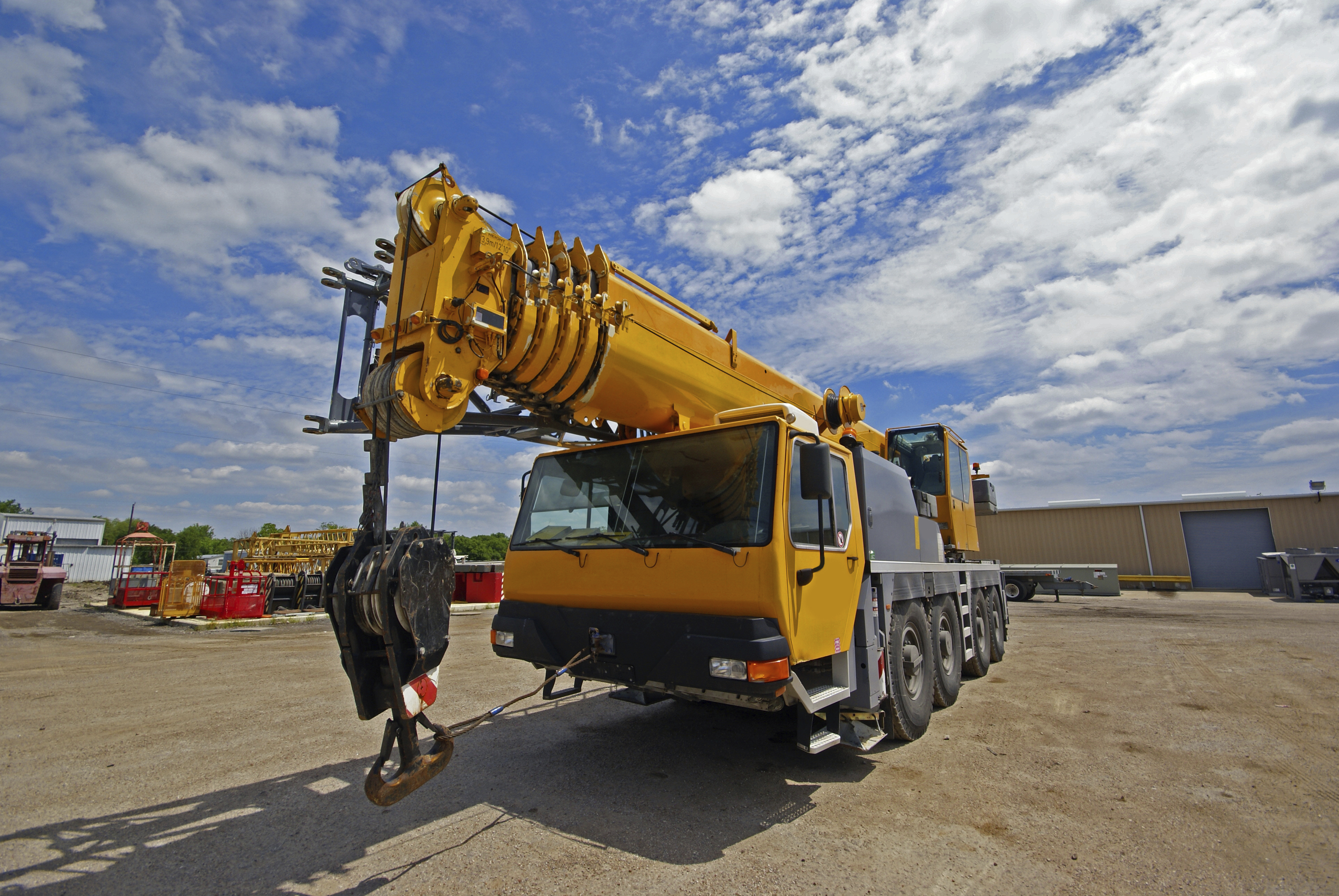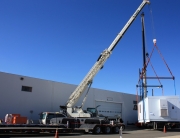OSHA Crane Safety Rules
Crane Safety

Effective July 8, 2011, OSHA has updated its regulations for slings for both general industry (1901.184) and construction (1926.251). According to a memo from the Association of Crane and Rigging Professionals, a summary of the key changes are as follows. The full regulation can be viewed at: http://www.osha.gov/FedReg_osha_pdf/FED20110608.pdf.
All load capacity tables for slings have been removed from the rule. Tables previously designated in OSHA were based on the 1971 ANSI B30.9 standard, which are now obsolete. The outdated tables are being replaced with a requirement that prohibits employers from loading slings in excess of the recommended safe working load as shown on permanently affixed identification markings.
Employers must now use only slings and shackles with permanently affixed identification markings showing the maximum load capacity. In the past, this was not required for wire rope slings.
Crane Hot Line asked Terry Driscoll of John Sakach Co., a specialty rigging supplier with locations in Illinois and Missouri, for his perspective on the new rule. “It is long overdue for wire rope sling tag maintenance to have the same requirement for legibility and replacement as chain and synthetic slings,” he said. From a practical standpoint, Driscoll believes rigging shops may be struggling with finding the perfect wire rope sling tag to withstand the work environment. “Whether the tag is aluminum, stainless steel, Tyvek, RFID, or synthetic, it is very difficult to create a ‘permanent tag.’ Heavy duty, sure, but permanent?”
After the sling leaves the sling shop, it’s up to the end user to continue to stay in compliance. Driscoll advises that users establish a process for re-tagging slings after they have been inspected. “Inspecting the slings properly should be as much of a factor as looking for a tag on the sling,” he says. He also suggests educating riggers to avoid rigging with the tag end of the sling. But when tags inevitably become damaged or pulled off from normal wear and tear, end users should have additional tags as part of their tool box to prevent work stoppage or fines.
When it comes to shackles, Driscoll says most reputable manufacturers have etched or embossed capacity information for some time. He says the bigger issue is for end users to remain vigilant in the field to make sure markings on shackles are still legible.
*Article from www.liftandaccess.com*
Bode Technical Services specializes in crane repair on Terex Cranes, Demag Cranes, Grove Cranes, Liebherr Cranes, and Krupp cranes. Beyond crane repair, Bode Technical Services also utilizes a global network of crane parts suppliers including PAT-Hirschmann, Load Systems International, Terex-Demag, Grove, and Greer to supply fast, cost-effective crane parts.








